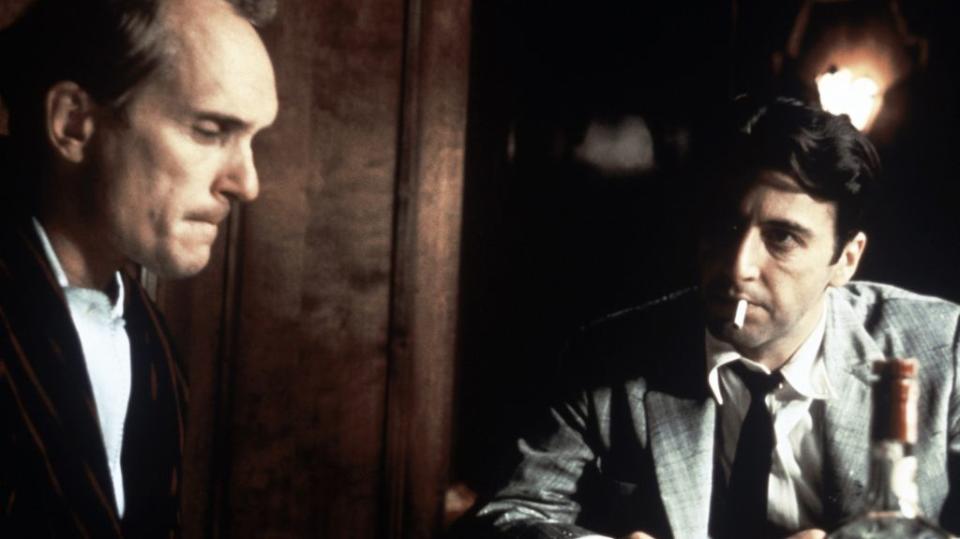“The Godfather” would never be made today because it’s not a Marvel film, its director says

Asked how he managed to make a movie that paid off both financially and artistically, Francis Ford Coppola said “risk.” But the acclaimed film director doesn’t think any studio today would take the risk Paramount Pictures did on his masterpiece, The Godfather, in the 1970s.
Joined by cast members Al Pacino, Robert Duvall, James Caan, Talia Shire, Diane Keaton, and Robert De Niro, in celebration of the 45th anniversary of the film in New York on April 29, Coppola said the film—widely regarded as one of the greatest of all time—would be doomed because it doesn’t have the franchise potential of a Marvel movie:
This film could be made today but it wouldn’t get a go-ahead… It would never get through the process of getting an okay or what they now call a green light. Nothing can get a green light unless it’s a movie that they can have a whole series of them and pretty much a Marvel Comics-type of thing.
The Godfather did spawn two sequels—the equally acclaimed The Godfather: Part II in 1974 and the poorly received The Godfather: Part III from 1990. But that’s small potatoes by today’s standards, where the minimum measure for a blockbuster is a trilogy, new movies like Fantastic Beasts and Where to Find Them get five-picture deals out the gate, and franchises like the Fast & Furious go on for 10 films.
“The first Godfather cost $6.5 million,” said Coppola. “The second cost about $11 or 12 million, which if you convert that to what money is [worth today], would take a major studio.”
That $6.5 million from 1972, when the first movie was released, would cost around $38 million today—beyond what many independent studios could finance. 2017 Best Picture nominee La La Land had a $30 million budget, and that almost didn’t get made, either.
As it was, The Godfather had a hard enough time getting to the big screen in 1972. A lot of people, including some of the cast and crew, were skeptical because the movie was based on a hugely popular novel of the same name by author Mario Puzo. Coppola said he could have been canned at any moment. And the production was famously plagued with casting issues, as the studio didn’t want either Pacino or Marlon Brando in the film.
“Where do we go from here? We’re done, it’s over. This is the worst film ever made,” Pacino said he and Keaton, who played Kay in the film, drunkenly thought after filming the opening wedding scene.
In the end, the movie made of most of those players’ careers. The Godfather: Part I and Part II each won Oscars for Best Picture. And Coppola, Marlon Brando, Robert De Niro, and others won Oscars for their roles as well. The Godfather was also the top-grossing film in North America in 1972. And the three movies together grossed nearly $259 million at the domestic box-office, or $674.5 million when adjusted for inflation, according to The Numbers.
Two players Coppola didn’t mention that might be willing to place a bet on a movie like The Godfather are Netflix and Amazon. The two have spent lavishly to establish themselves in film and have not yet demonstrated a penchant for sequels. Netflix also showed it wouldn’t shy away from a mob drama when it picked up the streaming rights for Martin Scorsese’s return to the gangster genre, The Irishman.
Read this next: The movies are dead, according to two distinguished moviemakers

Sign up for the Quartz Daily Brief, our free daily newsletter with the world’s most important and interesting news.
More stories from Quartz:

 Yahoo Finance
Yahoo Finance 